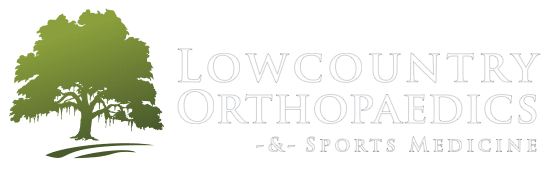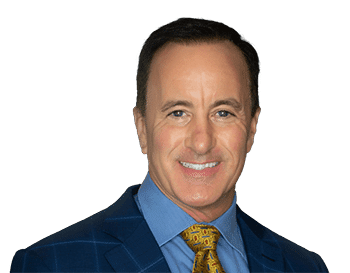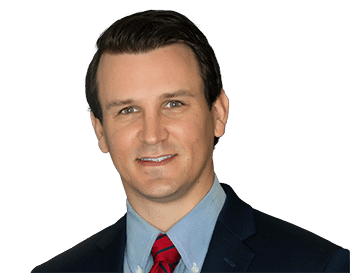Spinal Stenosis
Spinal stenosis is a narrowing of the spinal canal. It usually occurs in the lumbar spine (lower back).
Attention: Now Accepting New Patients
Causes
Symptoms
Diagnostics
- History and physical exam
- X-ray: Shows bone spurs, calcifications
- MRI or CT scan: Shows the degree of narrowing in the spinal canal
- Vascular tests: Evaluate the blood flow to the legs
- Neurologic testing: EMG/nerve conduction testing
There are other diseases that cause similar symptoms, including PVD (peripheral vascular disease) and diabetic neuropathy. Other tests may be needed to determine if they are a factor in your symptoms.
Treatment
Treatment depends on the severity of the symptoms. Options for spinal stenosis include:
Medications
To reduce inflammation, either over the counter or prescription NSAIDs (non-steroidal anti-inflammatory drugs).
Spinal Injections
Corticosteroid (cortisone) injections reduce inflammation within the spinal canal and reduce irritation of the nerves. People with mild to moderate stenosis can have long-term relief from these injections.
Bracing
To help stabilize the spine in more severe cases.
Physical Therapy
To strengthen the core muscles and back muscles to help stabilize the spine.
Surgery
Surgery is always a last resort but sometimes is needed if symptoms become severe enough or if there is damage. The surgery involves removing bone spurs, calcified ligaments, and anything that is narrowing the spinal canal in order to relieve the pressure on the nerves.



